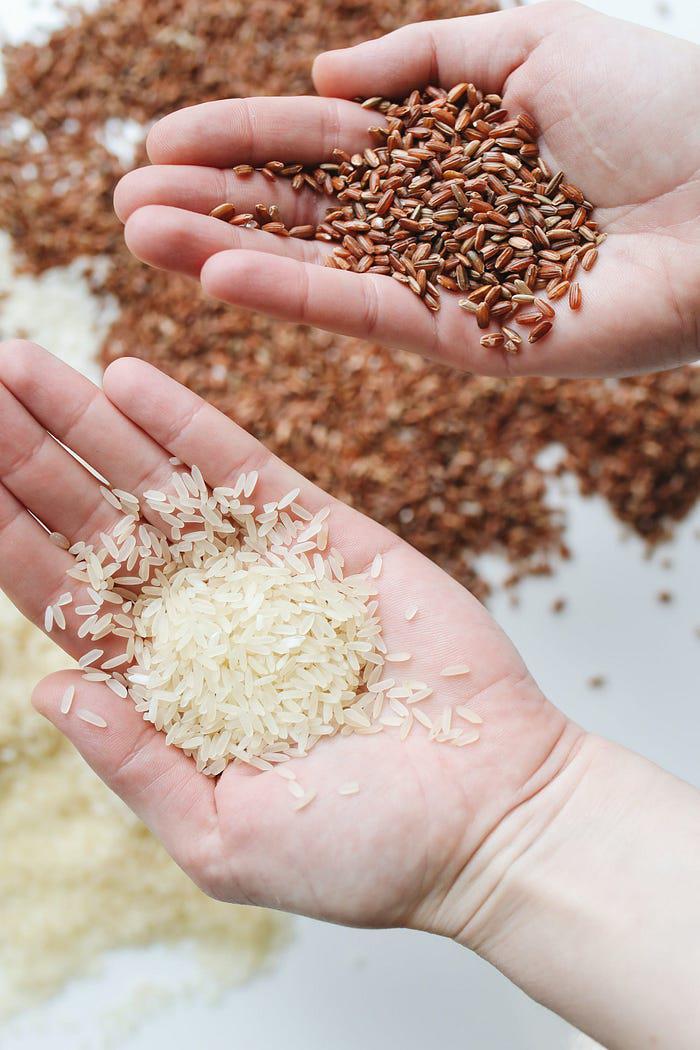Health and Nutrition

You may wonder why doctors discuss rice, considering that they rarely delve into nutrition. I wrote this piece because rice is a staple food for more than half of the world's population.
Many studies suggest that excessive consumption of white rice may increase the risk of developing type 2 diabetes, potentially affecting millions of lives.
A systematic review and meta-analysis in 2021 found that "the intake of white rice was associated with a higher risk of type 2 diabetes, while the intake of brown rice was associated with a lower risk. Findings from alternative tests regarding cardiometabolic risk factors were inconsistent."
Type 2 diabetes is the most common form of diabetes among adults in the United States, accounting for about 90-95% of diabetes diagnoses. In the U.S., type 2 diabetes leads among adults, representing 90-95% of all diabetes cases. In 2019, it was found that approximately 1.4 million adults aged 18 and older were newly diagnosed with diabetes in the U.S.
These statistics highlight how crucial it is to focus on the prevention of diabetes, which primarily occurs in the version most adults deal with, emphasizing early detection and effective management.
Nutritional Reasons for the Association Between Rice and Type 2 Diabetes

Rice, especially white rice, has a high glycemic index (GI). This means it can cause a quick spike in blood sugar levels.
Eating many high-glycemic foods is like laying out a welcome mat for insulin resistance, often paving the way to type 2 diabetes.
